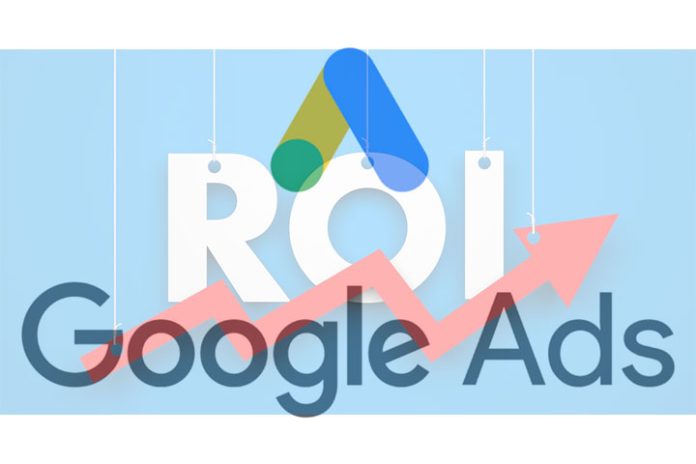If one thing unites all large and small advertisers, it’s the desire to maximize return on investment, or ROI. In the current digital environment, Google Ads is presented as one of the most effective platforms to achieve this. But how can we ensure that every euro invested translates into a return that justifies the cost? Therein lies the complexity and, at the same time, the art of managing digital advertising campaigns.
Understanding ROI as a starting point
The first step to improving ROI in Google Ads is understanding what this indicator means. In its simplest form, ROI tells us how much we earn about what we invest. If the ROI is positive, our investment is being fruitful. On the other hand, if it is negative, something is wrong, and we need to make adjustments.
The formula to calculate it is pretty simple, but its usefulness is enormous. By understanding ROI, we have a tangible metric to make better decisions. And in digital marketing, making data-driven decisions is the key to success.
Also Read: How Much To Invest In Google Ads?
Keywords and Segmentation in ROI
Now, let’s move on to something more tactical: keyword selection. We could talk about choosing the right keywords for hours, but let’s summarize it. The idea is to find terms relevant to your product or service but also have a level of competition and a cost per click (CPC) that aligns with your budget.
Closely linked to keyword selection is the concept of segmentation. Imagine that you have chosen the most effective keywords for your business. Okay, now you need to ensure your ads reach the right people. Geo, demographic, and interest targeting are ways to get your ad seen by those most likely to convert, which will ultimately help maximize ROI.
Landing Page Optimization
Let’s talk about landing pages or destination pages. You can have the best ad in the world, with the most effective keywords and perfect targeting, but if the page you direct your visitors to is not optimized, all that effort could be in vain.
This is where the page design, loading speed and, most significantly, the call to action (CTA) come into play. This last element must be clear, visible and persuasive. If users don’t quickly understand what they’re expected to do, they will likely leave the page, negatively impacting your ROI.
Analysis and adjustments: the art of continuous improvement
If there is one thing we must be clear about, it is that there is no room for complacency in digital marketing. What works today may not work tomorrow. Therefore, it is essential to monitor our campaigns and make adjustments when necessary constantly.
Data analysis should be your best friend in this process. Tools like Google Analytics offer a wealth of information that will allow you to understand what is working and what needs improvement. Performing A/B testing on different elements of your ads and landing pages can also provide valuable data for ongoing optimization.
To conclude, maximizing ROI in Google Ads is a task that requires strategy, analysis and constant adjustments. There is no magic formula, but with a systematic, data-driven approach, the goal of optimal ROI is entirely achievable. As you gain more experience and knowledge, you will find that each euro invested yields more, turning the challenge of maximizing ROI into an increasingly rewarding task.
Also Read: Advertising On Google How And Why Use Google Ads?

